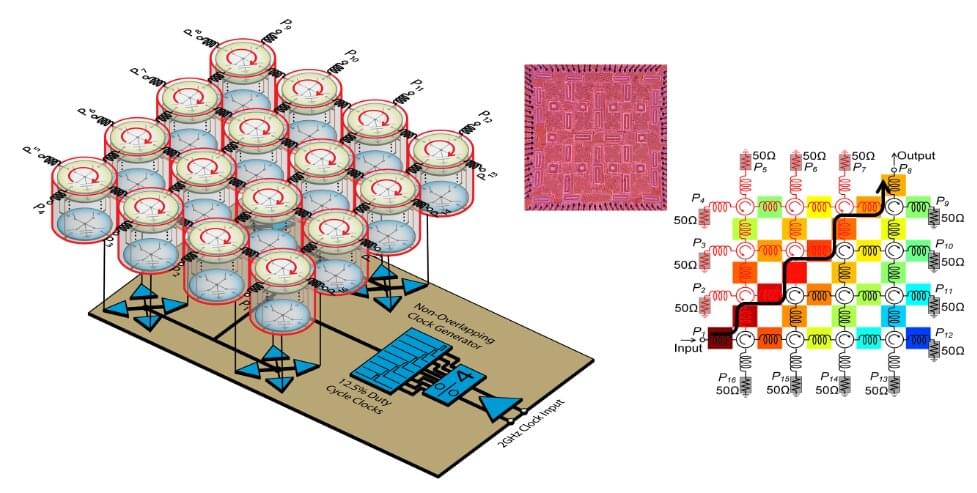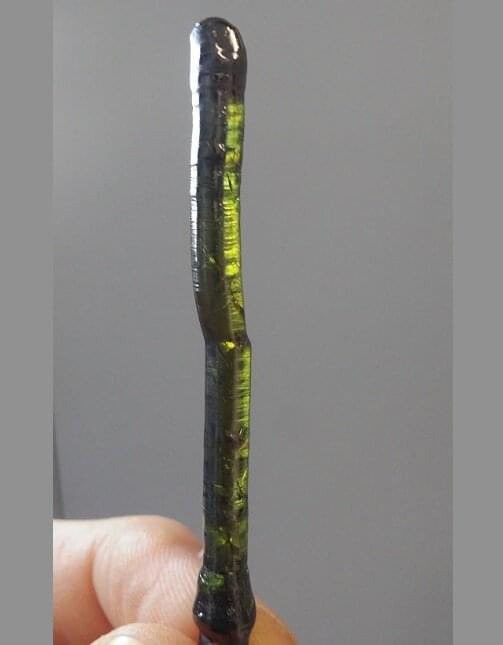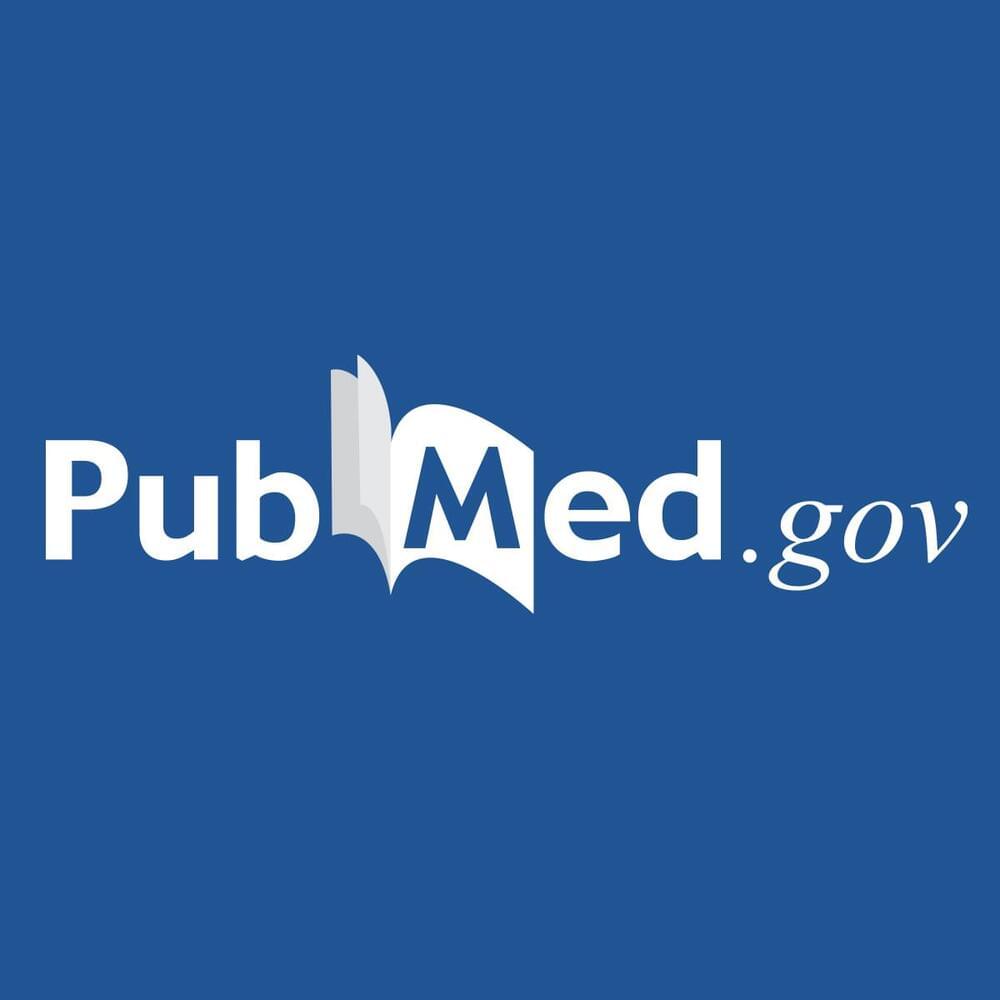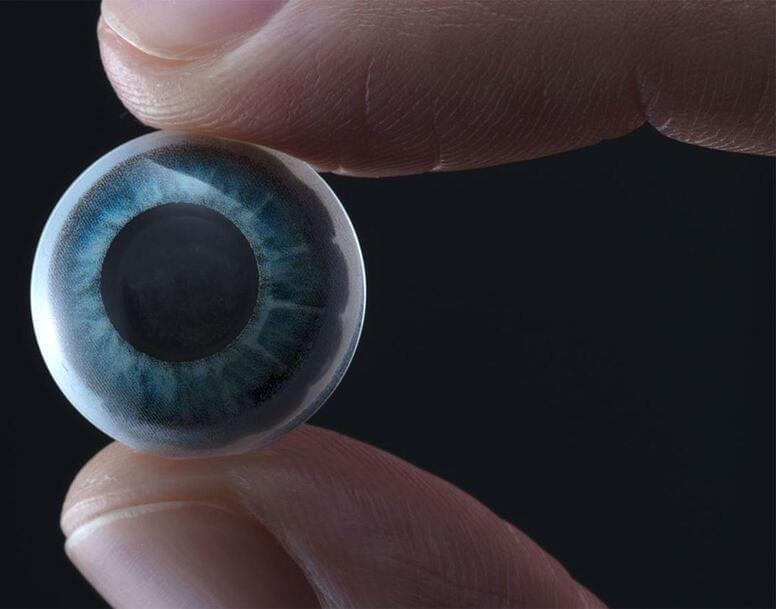Costa Rica has declared a state of emergency after ransomware hackers crippled computer networks across multiple government agencies, including the Finance Ministry.
The official declaration, published on a government website Wednesday, said that the attack was “unprecedented in the country” and that it interrupted the country’s tax collection and exposed citizens’ personal information.
The hackers initially broke into the Finance Ministry on April 12, it said. They were able to spread to other agencies, including the Ministry of Science, Technology and Telecommunications and the National Meteorological Institute.








